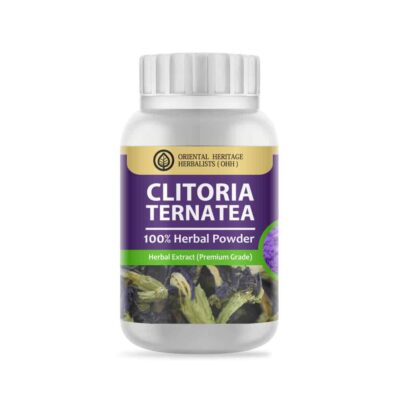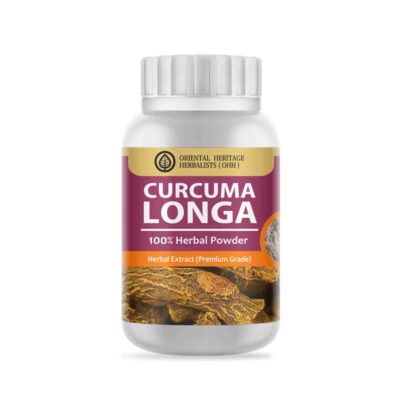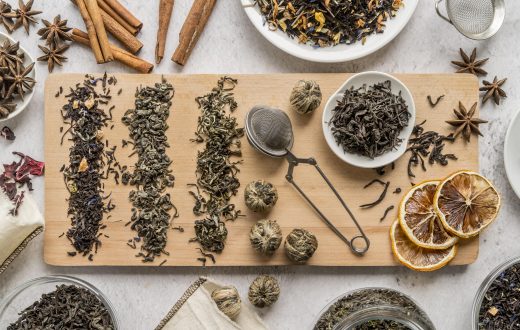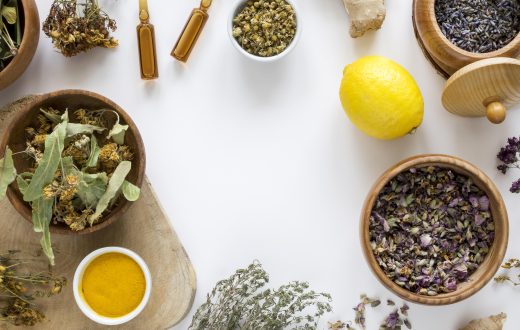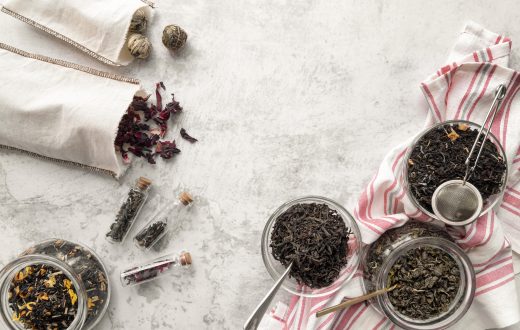
In the world of natural remedies, both Clitoria ternatea (Butterfly Pea) and Curcuma longa (Turmeric) have high value for their health-promoting properties. While each herb offers unique benefits, their potential to support brain function and cognitive health is often recognized. Let’s take a closer look at the comparison of Butterfly Pea vs. Turmeric.
Clitoria ternatea (Butterfly Pea) and Brain Health
Traditional Ayurvedic and Thai medicine have used Clitoria ternatea as a “memory enhancer” for centuries. Modern studies suggest that its brain-boosting potential comes from compounds such as anthocyanins, flavonoids, and acetylcholine modulators.
Cognitive Benefits:
- Memory and learning: Research indicates that extracts from Clitoria ternatea may help improve memory retention and learning ability.
- Neuroprotection: Its antioxidant content may protect brain cells from oxidative stress, which is linked to aging and neurodegenerative conditions.
- Calming effects: Often consumed as tea, Butterfly Pea has mild anxiolytic (anti-anxiety) properties that may support mental relaxation and focus.
Curcuma longa (Turmeric) and Brain Health
Curcuma longa is widely studied for its anti-inflammatory and antioxidant properties, largely due to its active compound curcumin. In terms of brain health, curcumin has shown promising effects in supporting cognitive function and protecting against age-related decline.
Cognitive Benefits:
- Reduces brain inflammation: Chronic inflammation is linked to cognitive decline. Curcumin’s anti-inflammatory action may help maintain brain health.
- Supports mood balance: Some studies suggest curcumin may help reduce symptoms of depression and anxiety, supporting emotional well-being.
- Potential in neurodegenerative conditions: Curcumin has been studied for its possible role in delaying or reducing the progression of conditions like Alzheimer’s, due to its ability to cross the blood-brain barrier.
Comparison: Clitoria ternatea vs. Curcuma longa
| Aspect | Clitoria ternatea (Butterfly Pea) | Curcuma longa (Turmeric) |
| Key Compounds | Anthocyanins, flavonoids | Curcumin |
| Focus of Benefit | Enhances memory, learning, and mental clarity | Reduces brain inflammation, supports mood, and neuroprotective |
| Traditional Use | Ayurvedic “medhya” herb for memory and intellect | Ayurvedic tonic for inflammation and overall vitality |
| Scientific Interest | Cognitive enhancement and antioxidants | Neurodegenerative disease prevention and mood support |
Butterfly Pea vs Turmeric: Which One Should You Choose?
If your focus is on memory, learning ability, and mental clarity, Clitoria ternatea may be the better choice.
If your focus is on long-term brain protection, reducing inflammation, and supporting mood, Curcuma longa could be more beneficial.
For holistic support, many people choose to incorporate both herbs, as they complement each other: Butterfly Pea for cognitive performance, and Turmeric for long-term brain health and mood balance.
Visit us to learn more: Click Here
Related Products
Related Post
How Phytoestrogen and Miroestrol Work for Breast Firmness, Enlargement, and
In the world of natural remedies, both Clitoria ternatea (Butterfly Pea) and.
- 16 October 2025
- 0 Comments
The Secret of Timeless Beauty: Anti-Aging Power in Thai Herbs
In the world of natural remedies, both Clitoria ternatea (Butterfly Pea) and.
- 14 October 2025
- 0 Comments
Ficus Foveolata: The Hidden Thai Herb that Supports Healthy Blood
In the world of natural remedies, both Clitoria ternatea (Butterfly Pea) and.
- 9 October 2025
- 0 Comments
Mucuna Collettii and Its Potential Benefits for Parkinsonism
In the world of natural remedies, both Clitoria ternatea (Butterfly Pea) and.
- 8 October 2025
- 0 Comments
Miroestrol in Pueraria mirifica: Benefits for Cosmetics and Supplement Industries
In the world of natural remedies, both Clitoria ternatea (Butterfly Pea) and.
- 1 October 2025
- 0 Comments


